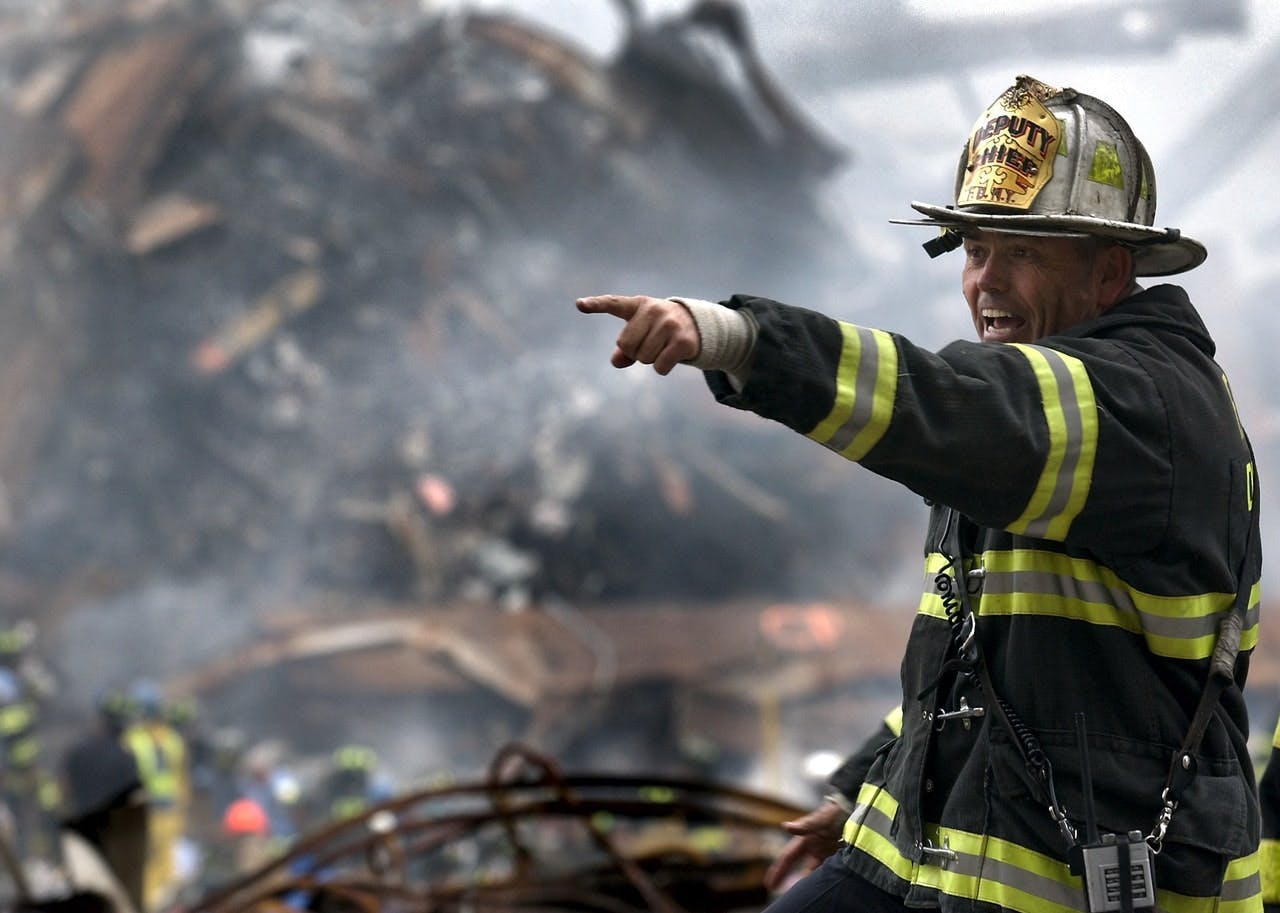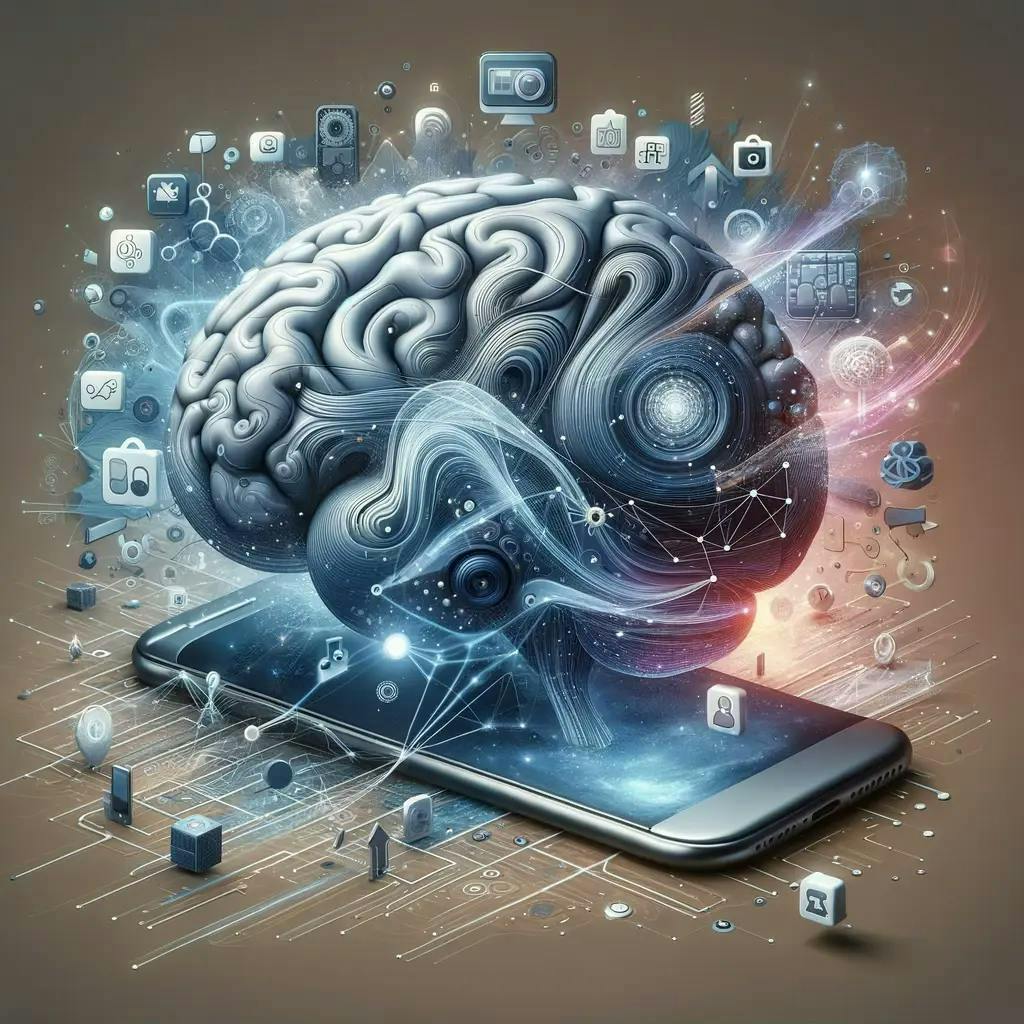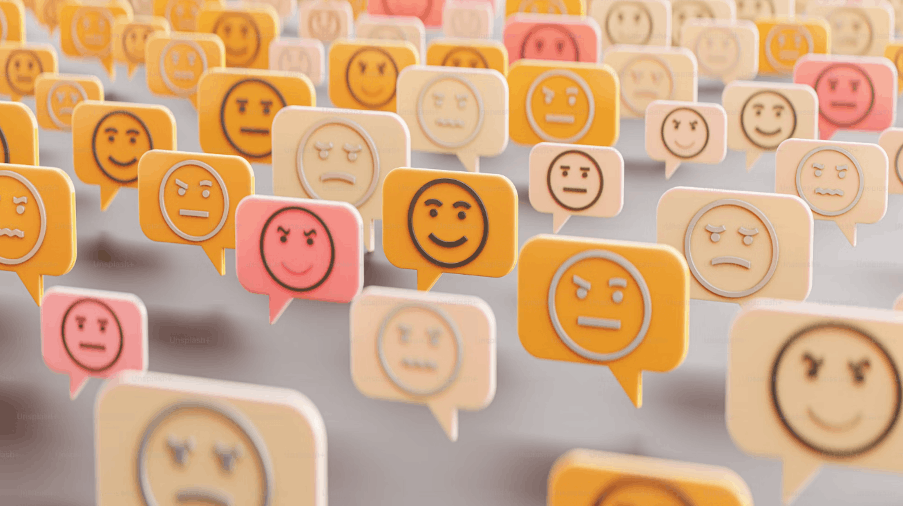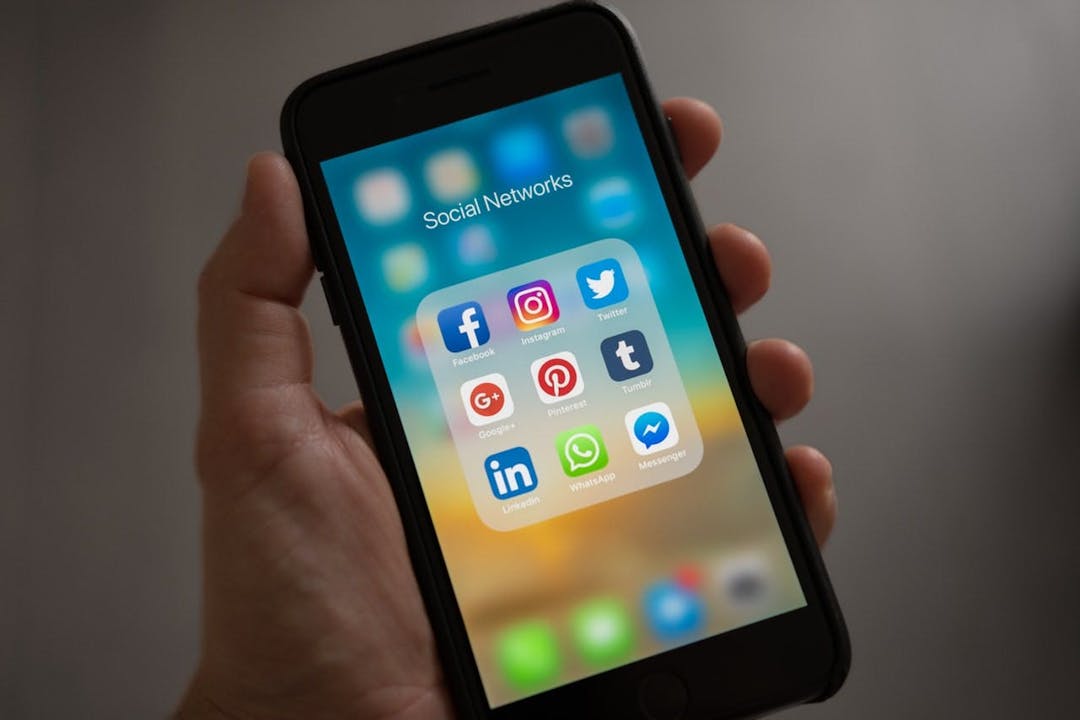Should You Donate to Disaster Relief?
As the effects of Hurricane Harvey continue decimating communities and displacing families throughout southern Texas, glimmers of hope can be found in everyday citizens’ responses to the disaster. People from neighboring states are bringing boats and supplies to assist with rescue efforts, and people are successfully challenging one another to donate $10 to disaster relief efforts over social media. These laudable actions deserve recognition and praise, and hopefully these examples will continue inspiring others to help those in need.
"But if you want to make the biggest difference you can to those in need, is donating to disaster relief the best way you can spend your money?"
According to William MacAskill, a University of Oxford philosopher and one of the founders of the Effective Altruism movement, the answer is probably not. MacAskill recognizes that disaster response efforts deserve funding, yet he argues that many people conflate doing good with doing the most good they can do. By making that mistake, people will donate to the most recent disaster relief efforts rather than addressing perennial problems – such as disease and starvation prevention in developing countries – that could benefit many more people for a fraction of the cost.
For instance, imagine you were prepared to give $1000 dollars to The Salvation Army for Hurricane Harvey relief efforts. That money would surely make a difference to those affected by hurricane; however, that same $1000 could double the annual income for a family in rural Kenya. $1000 isn’t nothing in America, but it is less likely to transform the lives of rural Texans than rural Kenyans.
Furthermore, as more people donate to The Salvation Army your $1000 will be making less of a difference. The law of diminishing returns affects charities as much as businesses, so as more people donate to a cause your individual donation is having less of an impact. When you have hundreds of millions or billions of dollars, an extra thousand dollars won’t change much. In fact, we sometimes give too much: eight months after Hurricane Sandy, the New York Attorney General’s Office found that $238 million, 42% of the money raised by charitable organizations, had not yet been spent on Sandy relief. While most of those unused dollars were ultimately spent on relief efforts, much of that money could have been spent more effectively on issues that had been neglected by national or global attention.
Instead of thinking at the margins – trying to get the most prosocial bang for your buck – many people go with their guts when making decisions to donate to charity. MacAskill and the Effective Altruism community have researched the most effective ways to give, yet the sheer economics of charitable giving is often not enough to sway our hearts.
"Why do we feel compelled to give in inefficient ways, even when we know we could be doing more net good in the world by donating to causes that are not getting enough attention?"
Part of the reason, psychological scientist Paul Bloom suggests, is our reliance on empathy as motivator for moral and prosocial action. In his book Against Empathy: The Case for Rational Compassion, Bloom argues that empathy, which he defines as trying to feel what someone else is feeling, can affect our moral and prosocial decision-making in undesirable ways.
To illustrate how empathy can distort our morality, Bloom cites a classic experiment where participants were assigned to read the story of Sheri Summers, a child on a waiting list to receive expensive medication for a fatal disease. Before reading her tragic story, half of the participants were told to take “an objective perspective” on Sheri’s situation while the other half were told to “imagine how the child who is interviewed feels” about her situation. After reading Sheri’s story, all participants were told that they had the choice to move Sheri to the top of the waitlist, ahead of children who were higher up on the list “due to earlier application, greater need, or shorter life expectancy.”
While only 33% of participants in the low-empathy, objective evaluation condition recommended moving Sheri ahead of other children, 73% of those in the high-empathy condition recommend Sheri be moved ahead. These other, unnamed children surely had similar stories to Sheri as they were waiting for the same drug, but the act of empathizing with Sheri shifted participants’ judgments of what they should do. What seemed fair from an objective perspective was unbearably cruel in an empathic state of mind, and what seemed unjust from an objective perspective seemed perfectly justifiable under the influence of empathy.
Such findings may help explain why we seem to value certain strangers over others. As Bloom notes, we are more likely to empathize with those who look like us or are similar to us in some way. Humans are social animals, and we tend to divide ourselves into in-groups and out-groups: us vs. them. No matter how we define our group — by race, religion, or what sports teams we root for — we usually empathize more with those in our group than with outsiders. Even random assignment to a meaningless social group (what psychologists call a minimal group paradigm) can induce an in-group empathy bias.
Consequently, it shouldn’t surprise Americans that strangers from Texas feel more deserving of aid to us than strangers from Kenya. We may know people from Texas, maybe even from the areas affected by the storm; even if we don’t know anyone who was directly affected, we know that they are Americans and share an identity with us that we don’t share with Kenyans. In certain moments we recognize that human lives are equally valuable, no matter their origin, yet at other times we will privilege members of our own tribe at the expense of others who need our help more.
Nevertheless, critics of Bloom’s “against empathy” argument contend that other emotions, and even cold reasoning, can bias us just as much as empathy. Some even propose that we need to expand our empathy to include out-group members rather than try to shut it off for certain types of decisions. Whether empathy is a less effective prosocial motivator than other emotions or cognitive dispositions remains an open question in the scientific literature, but if nothing else Bloom’s arguments force us to reassess the value we place in trying to “walk in someone else’s shoes” relative to seeking objective, rational evaluations of moral decisions.
Similarly, some critics of MacAskill and Effective Altruism suggest that we should have an affinity for those closest to and most like us. If everyone listened to the effective altruists, would there be anyone left to help the victims of Hurricane Harvey? The point is valid: certainly no one is expecting wealthy Kenyans to send relief to Houston. However, MacAskill responds by reminding critics that effective altruists aim to make the most difference they can, which usually comes through addressing neglected charitable causes. Effective altruists would recommend donating to disaster relief efforts if the victims were truly being underserved and such donations would be maximally utilized in giving to those efforts. While we may value those who seem like us more than distant strangers, the opportunities to help others tend to be far greater in poorer countries where the same amount of money provides more relief.
Behavioral Science, Democratized
We make 35,000 decisions each day, often in environments that aren’t conducive to making sound choices.
At TDL, we work with organizations in the public and private sectors—from new startups, to governments, to established players like the Gates Foundation—to debias decision-making and create better outcomes for everyone.
The AI Governance Challenge
Yet the most powerful retort to critics of effective altruism, as MacAskill points out in his book, Doing Good Better, is that most people in the West don’t have to choose between giving to those close by or far away. If you earn at least $28,000 annually, then you are part of the richest 5% of the world population; if you earn over $52,000 a year, you are a part of the global 1%. These statistics can be difficult to process, but the fact is that a modest living in the US puts one in more secure financial standing than the vast majority of people who have ever lived. Many people in developed countries can afford to give much more than they currently do.
So, while I encourage readers to reflect more on the good you can do by donating to the most effective charities and the most pressing global problems, you can also do good by helping those closer to home — especially those who are, at this moment, still greatly in need.
Click here to donate to Hurricane Harvey Relief efforts.
Click here to learn more about Effective Altruism, and click here to learn more about and donate to Effective Altruism Funds.
References
Batson, C. D., Klein, T. R., Highberger, L. & Shaw, L. L. (1995). Immorality from empathy-induced altruism: When compassion and justice conflict. Journal of Personality and Social Psychology, 68(6), 1042–1054.
Bloom, P. (2016). Against empathy: The case for rational compassion. HarperAudio.
MacAskill, W. (2016). Doing good better: How effective altruism can help you help others, do work that matters, and make smarter choices about giving back. New York: Penguin Random House.
Montalan, B., Lelard, T., Godefroy, O., & Mouras, H. (2012). Behavioral investigation of the influence of social categorization on empathy for pain: a minimal group paradigm study. Frontiers in psychology, 3(389), 1-5.
About the Author
Jared Celniker
Jared is a PhD student in social psychology and a National Science Foundation Graduate Research Fellow at the University of California, Irvine. He studies political and moral decision-making and believes that psychological insights can help improve political discourse and policymaking.





